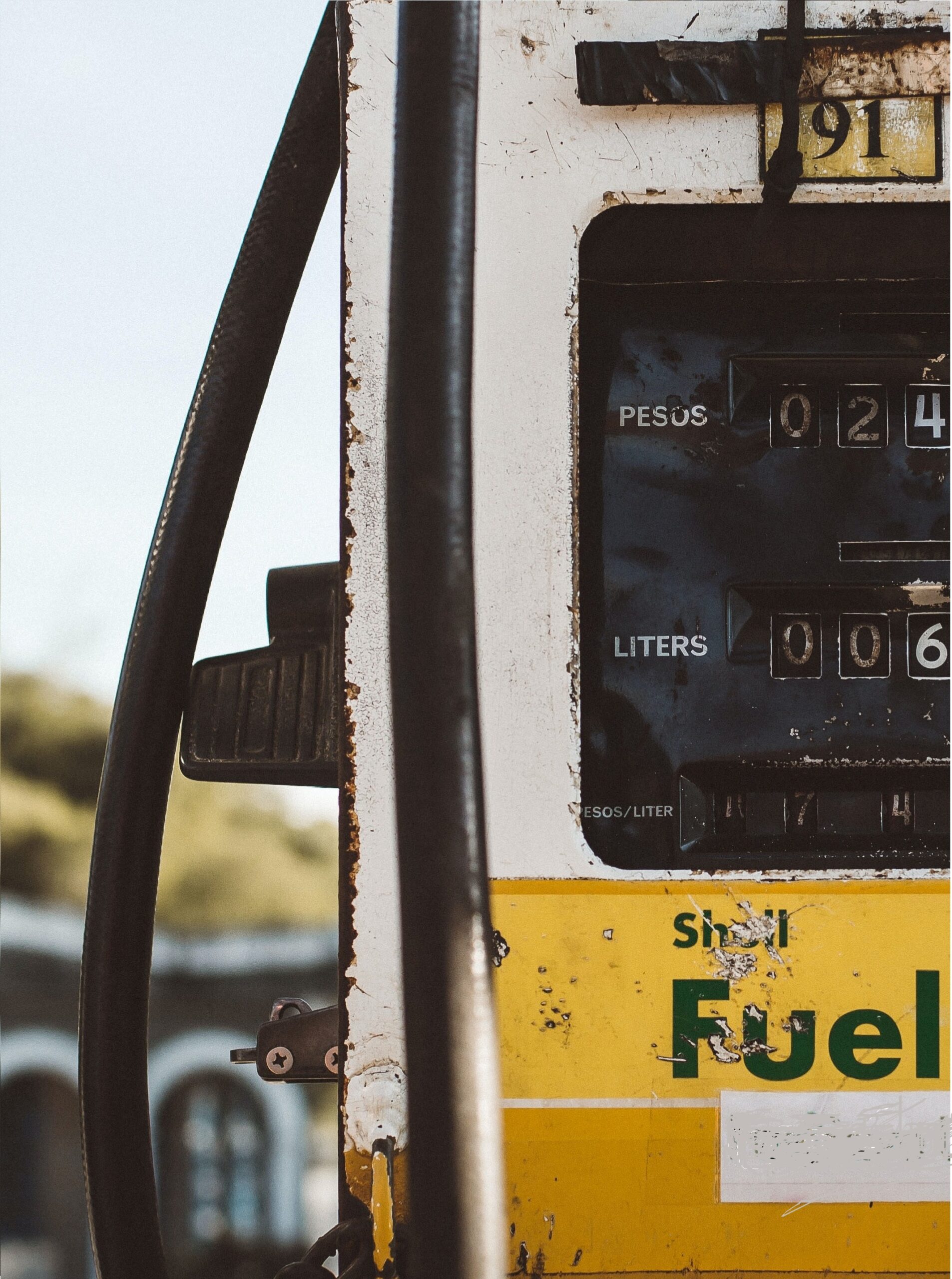
Biodiesel The Alternate
What is bio-diesel?
Biodiesel the alternate fuel similar to the fossil diesel. The difference is fossil diesel is conventional energy and bio diesel is a type of non-conventional energy. Biodiesel can produced from vegetable oils, animal oil or fats, tallow and waste cooking oil. The process using to convert these in to bio diesel is calls as transesterification.
Biodiesel production
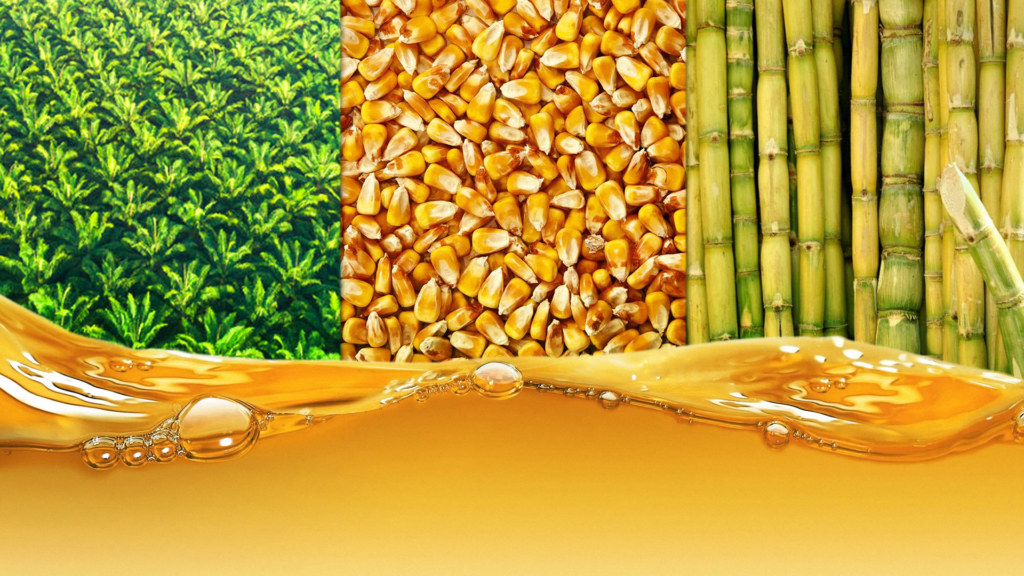
Mainly there are three basic routes to biodiesel production from oils and fats.
- Base catalyzed transesterification of the oil
- Direct acid catalyzed transesterification of the oil
- Conversion of the oil to its fatty acids and then to biodiesel
When comparing above three methods catalyzed transesterification considered as the most cost effective process as it requiring only low temperature and producing a 98% conversion yield. The transesterification process is the reaction of triglyceride with an alcohol to form esters and glycerol. A triglyceride consists of glycerin molecules and three long chain fatty acids. The characteristic of the fat are determined by the nature of the fatty acids attached to the glycerin. The nature of the fatty acids can affect the characteristics of Biodiesel the alternate fuel.
During the esterification process, the triglyceride is reacted with the alcohol in the presence of a catalyst. Usually a strong alkaline like sodium hydroxide use as a catalyst. So the alcohol reacts with the fatty acids to from the mono alkyl ester, or biodiesel and crude glycerol. Most often methanol and ethanol used. Potassium hydroxide more to me more suitable for the ethyl ester biodiesel production, either base can be use for the methyl ester.
Following figure shows the chemical reaction for methyl ester biodiesel. The reaction between fat (or oil) and alcohol is a reversible reaction. So it is essential to add access alcohol to the medium to drive the process towards the right and complete the conversion. Glycerol formed in the process as a byproduct of this reaction.
After the reaction between the fat and alcohol, the ester and the glycerol level should be separate. The heavier by product is useful for other industries such as pharmaceutical and cosmetics.
Straight vegetable oils (SVO) can used as alternative for fossil diesel directly. But in some case it can be a cause for sever engine damages’. SVO is high in viscosity and it leads to poor atomization of the fuel, incomplete combustion, coking for the fuel injectors, ring carbonization and accumulation of fuel in the lubricating oil. So the best methods to solve this problems due to direct use of SVO is the transesterification of the oil. The benefits of the transesterification process are,
- Lowering the viscosity
- Complete removal of the glycerides
- Lower boiling point
- Lowered flash point
- Lowered pour point
Production process of biodiesel
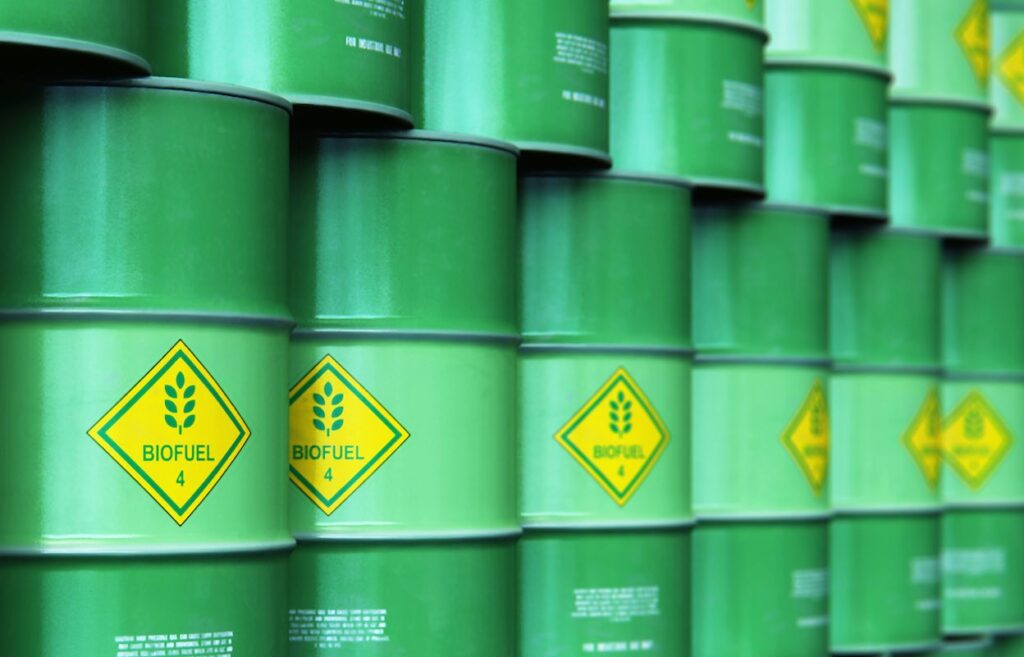
1.Production process of biodiesel
Commonly sodium hydroxide (caustic soda) or potassium hydroxide (potash) are using as catalysts.
The catalyst dissolves in the alcohol-using agitator or a mixer. The alcohol and catalyst mixer transfer in to a reaction vessel and oil or fat also added. Next, the system completely closed to prevent the alcohol loss to the atmosphere. The reaction mix kept just above the boiling pint of the alcohol in order to speed up the process.
2.Separation After Reaction
After the reaction is complete two major products are exists, glycerin and bio diesel. So Each has the substantial amount of the excess alcohol (methanol) that used in the reaction process. In some occasions, the reacted mixer is neutralized if needed. The glycerin is denser than bio diesel. So those two products can be separated using the gravity separation. Glycerin simply drawn off the bottom of settling vessel. In some situations centrifuge is use to separate bio diesel and glycerin faster.
3.Alcohol removal
Once the glycerin and bio diesel separate, excess alcohol is removed with a flash evaporation process or by distillation. In some systems alcohol is remove, the mixture neutralized before the glycerin, and esters have been separated.
4.Glycerin neutralization
The byproduct of the biodiesel production, glycerin contains unused catalyst and soap. Those are neutralize with and acid and sent to storage as crude glycerin. In some cases the salt formed during the glycerin neutralization process used as fertilizers.
5.Methyl ester wash
The separated bio diesel from the glycerin purified by washing gently with warm water to remove residual catalyst and soap. After washing, the purified bio diesel sent to storage.
Benefits of biodiesel
Biodiesel the alternate fuel consists of many environmental friendly properties. One of the main benefit is biodiesel can be described as “carbon neutral” fuel. This means that this biodiesel produces no net output of carbon in the form of carbon dioxide. This effect occurs because when the oil crop grows it absorbs the same amount of carbon dioxide as is release when the combustion process.
Biodiesel can be easily bio degradable and completely non-toxic. It means that the spillages of the bio diesel production are less risk than the spillages of fossil diesel. Bio diesel has a higher flash point than the fossil diesel and it is safer in the event of a crash. Biodiesel the alternate fuel manufacture is an effective recycling method. They can be manufacture by crop waste to feedlot manure.
Disadvantages of biodiesel
Biofuels are producing from organic products, often corn or soybeans. Therefore, the bio diesel production can be compete with food production. This can be lead to increased food prices and in the poorer areas of the world.
Bio diesel cannot be use in cold areas because if it gets too cold, then fuel will began solidify inside the fuel tank and engine. So you will not able to drive anywhere until it warms up.
While the biodiesel are cleaner than the fossil fuel, they produce slightly more nitrogen dioxide. This can be cause to increase the air pollution and contributes to the formation of smog and acid rain.
What is bio-diesel? Biodiesel the alternate fuel similar to the fossil diesel. The difference is fossil diesel is conventional energy and bio diesel is a type of non-conventional energy. Biodiesel can produced from vegetable oils, animal oil or fats, tallow and waste cooking oil. The process using to convert these in to bio diesel is…

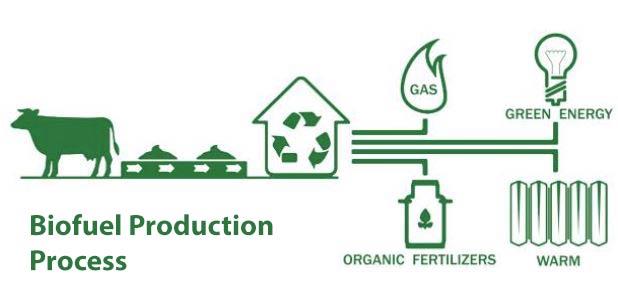
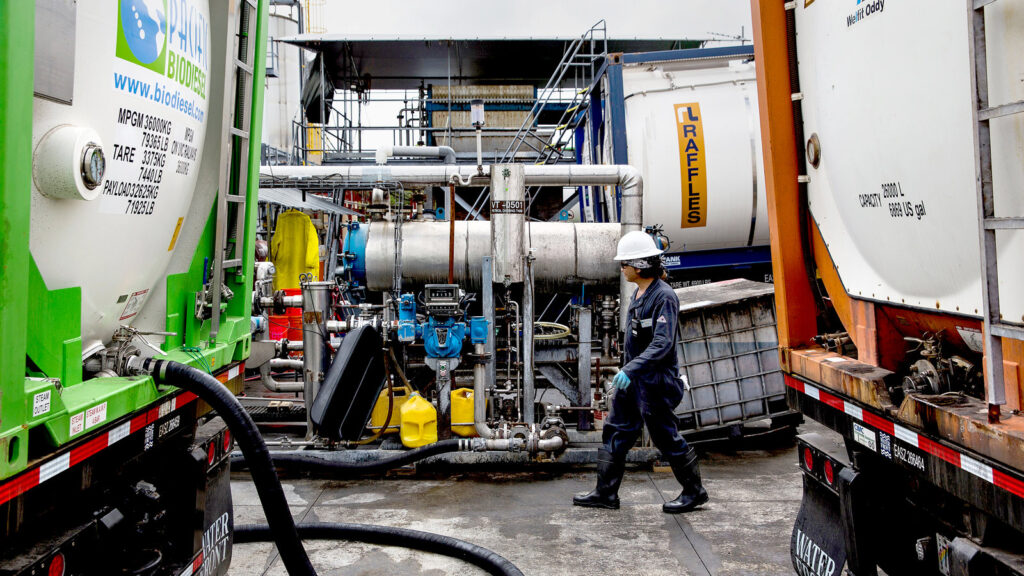
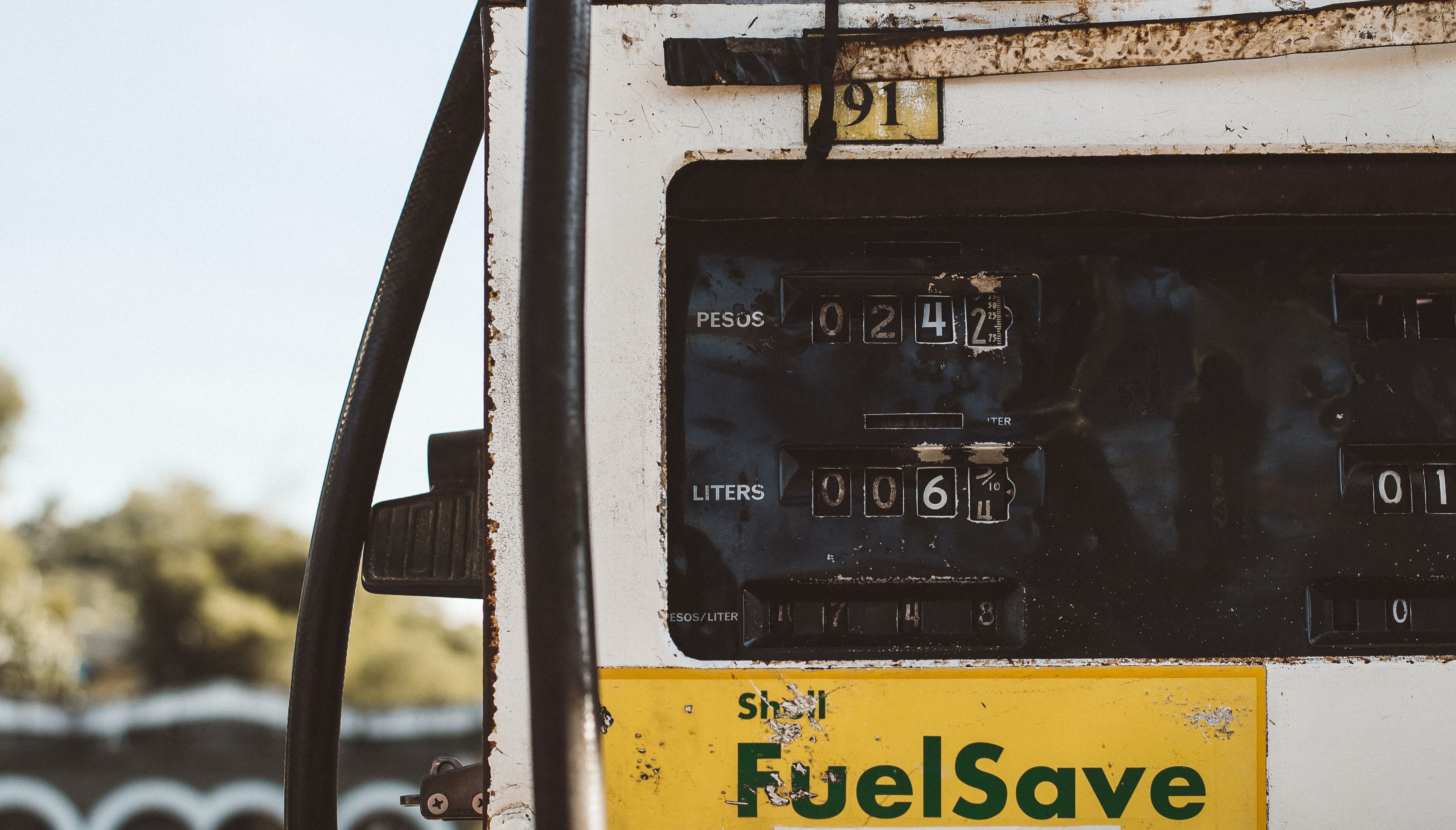
An fascinating discussion is worth comment. I believe that it’s best to write more on this matter, it won’t be a taboo topic but typically persons are not enough to talk on such topics. To the next. Cheers
Just desire to say your article is as amazing. The clarity in your post is just excellent and i can assume you are an expert on this subject. Well with your permission allow me to grab your RSS feed to keep up to date with forthcoming post. Thanks a million and please continue the rewarding work.
I was recommended this blog by my cousin. I’m not sure whether this post is written by him as no one else know such detailed about my trouble. You are wonderful! Thanks!